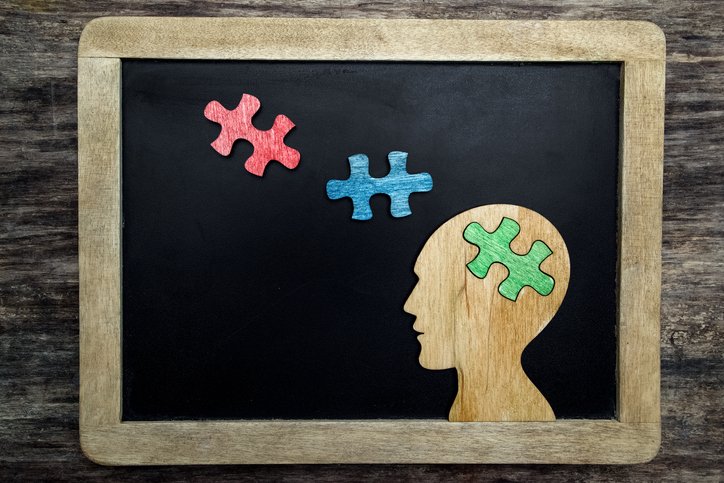Each learning opens a new cognitive path, and the way we learn is determined by the neural connections that open these paths.
The vast majority of didactic methods are based on communication between teacher and student, the different facets of the relationship between them, or the students’ journey through their own learning. However, more recent didactic currents focus on the relationship between brain functioning and its intersection with the act of learning.
The scientific journal Brainfacts defines neuroeducation as a discipline that promotes the integration of education, neurology, psychology, and cognitive sciences to produce better teaching methods and didactic programs. The primary question in neuroeducation is, how does the brain learn? To understand this, we need to know some basics.
Brain Plasticity: The Muscle of Knowledge
The word plasticity refers to the property of a material to be molded or transformed to change shape. Similarly, brain plasticity is the ability of the nervous system to change its structure and functioning throughout life as a reaction to the diversity of the environment and experiences of a person.
It represents the brain’s ability to recover and restructure during or after injury or illness, like any muscle in our body would do, and adapt and function with new knowledge, understandings, behaviors, and patterns. The latter is crucial to the didactic process. Every time new learning entrenches in a person’s mind, it leaves a mark, creating new connections and enlarging the individual’s entire neural network.
Neuroeducation examines the traces that educational processes leave in our brains and seeks to visualize the relationships between this data and our behavior. This approach to the study of learning is primarily scientific.
Emotion, attention, and neurodiversity
The description above sounds like the result of laboratory research. How do we emulate this approach in the classroom? What criteria serve to leverage what we know about the functioning of neural networks and how they communicate?
Emotion is one of the most vital criteria. According to neuroeducation, no understanding comes from emptiness; the experiences and emotions of the person learning give context and meaning to what they assimilate. Students’ attention spans should be exercised to their maximum capacity.
Neuroeducation prioritizes that a person can focus their attention to receive information without distraction or fatigue to result in the best didactic experience. This priority considers attenuating aspects; for example, if a person has Attention Deficit Disorder, depression, or some neurodiversity, explains Arturo Torres, Master in Social Psychology at the University of Barcelona and collaborator for the virtual journal, Psychology and Mind.
Neuroeducation proposes there is not only one way to learn; there are many related to how the student’s brain functions, how it traces cognitive pathways, and what factors affect or facilitate this process. Here, we enter another pillar of neuroeducation: Neurodiversity, which intends to identify and include neurodivergent people, comes from the idea that education is a common good, a fundamental human right, which everyone should be able to access, regardless of how their brain accomplishes learning.
Have you heard of neuroeducation before? Have you applied it in your classes? Have you been to any classes where the teacher uses this approach? What do you think about the influence of neural connections and emotions on how we learn? Let us know in the comments.
Translation by Daniel Wetta
This article from Observatory of the Institute for the Future of Education may be shared under the terms of the license CC BY-NC-SA 4.0 
)
)


)